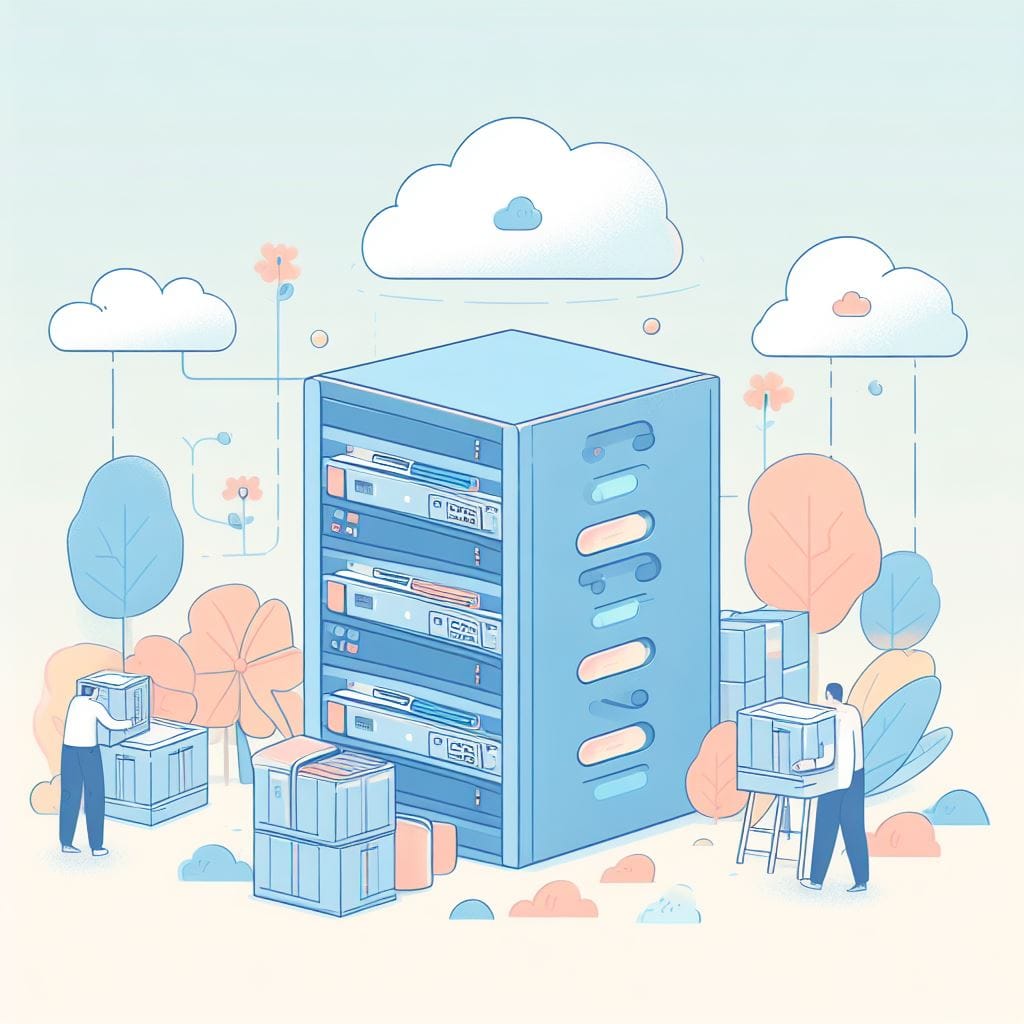A Guide to Choosing the Right Database for Your Website

Choosing the right database for your website is a crucial decision that can have a significant impact on its performance, scalability, and maintenance. Here is a guide to help you make an informed decision:
Understand Your Requirements:
- Data Structure: Consider the type of data you'll be storing. Is it primarily structured (like tables in a spreadsheet) or unstructured (like documents or multimedia files)?
- Scalability: Do you anticipate rapid growth? Will you need a database that can scale horizontally (adding more servers) or vertically (upgrading server resources)?
- Complex Queries: Will your website require complex queries, joins, or transactions? This might influence the choice between SQL and NoSQL databases.
- Consistency vs Availability vs Partition Tolerance (CAP theorem): Understand which of these three aspects is most important for your application. In a distributed system, you can only achieve two out of three.
- Budget and Resources: Consider your budget for hosting and maintaining the database. Some databases are more resource-intensive than others.
Types of Databases:
Relational (SQL) Databases:
- Well-suited for structured data with defined relationships between entities.
- Examples: MySQL, PostgreSQL, SQLite, Microsoft SQL Server, Oracle.
NoSQL Databases:
- Suited for unstructured or semi-structured data and high scalability requirements.
- Types: Document-oriented (MongoDB), Key-Value stores (Redis), Wide-column stores (Cassandra), Graph databases (Neo4j).
NewSQL Databases:
- Aim to combine the benefits of SQL databases (ACID compliance) with horizontal scalability.
- Examples: Google Spanner, CockroachDB.
Consider Performance:
- Read vs Write Intensive: Some databases are optimized for a high number of reads (like content websites), while others are better for write-intensive applications (like logging systems).
- Latency: Consider the acceptable response time for your queries. Some databases are optimized for low-latency performance.
Data Modeling:
- Schema Design: In SQL databases, you need to define a schema before inserting data. NoSQL databases offer more flexibility in this regard.
- Normalization vs Denormalization: Understand when to normalize data for efficiency and when to denormalize for performance.
Scalability:
- Vertical Scaling: Upgrading the existing server's resources (CPU, RAM, etc.).
- Horizontal Scaling: Adding more servers to a network.
- Sharding: Splitting a database into smaller, more manageable pieces.
Consistency and Availability:
- ACID vs BASE: SQL databases follow ACID (Atomicity, Consistency, Isolation, Durability) properties, which ensure data integrity. NoSQL databases, on the other hand, often follow BASE (Basically Available, Soft state, Eventual consistency) principles, prioritizing availability and partition tolerance.
Community and Support:
- Consider the community size and support available for the database you choose. This can be crucial for troubleshooting and getting help when needed.
Security and Compliance:
- Ensure the database you choose supports the necessary security features and complies with any industry-specific regulations or standards your website needs to adhere to.
Backup and Disaster Recovery:
- Understand the backup and recovery options available for the chosen database. Regular backups are essential for data security.
Testing and Prototyping:
- It's often a good idea to prototype with a few different databases to see which one best fits your needs before committing to a specific one.
Remember, there is no one-size-fits-all solution. The best database for your website will depend on your specific requirements, so take the time to evaluate your needs thoroughly before making a decision.



